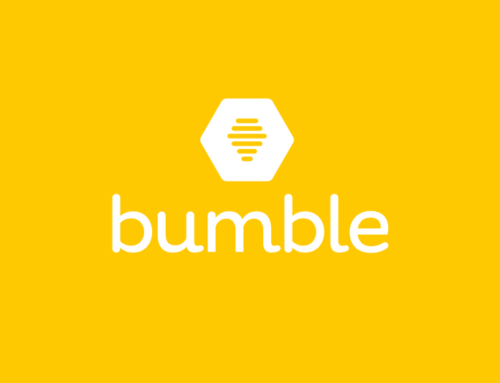On the Internet, we aren’t people, organizations, or companies: We’re brands. Whether you are a startup, an established name, a for-profit business or a nonprofit venture, you are being Googled, and what searchers see is what (they think) you are.
A lot of things can come up when someone searches your company. It can be a CEO’s LinkedIn page, polished to perfection, an empty company Twitter feed, or news stories — sometimes positive and other times negative. Sometimes your actual company comes up and sometimes an unrelated product or company with the same name does instead. Or its 79 angry Yelp reviews from 2014 that just won’t go away. Negative or positive, those results represent the digital face of your company or organization.
But don’t sink into despair if what’s coming up isn’t how you want to be seen. A strong digital presence is achievable — you just have to know how.
What makes a page – be it a social media page, a website, or anything – stick to the top of a Google search?
Let’s break it down:
- Search engine algorithms like pages that are regularly updated. That’s why personal social media profiles often end up at the top of the search: They’re constantly in use.
- There’s a simple solution here: Keep your company’s website or profile active. That means posting regularly on the company Facebook, sharing articles on LinkedIn, or updating a company blog every week. If all else fails, start by posting all the company’s press releases and announcements.
2. Connections
- A webpage’s value is also measured by how connected it is to other sites. This is meant to cut down on fake sites—an article that links to the New York Times, CNN, and the United Nations website is probably more likely to be legitimate than one that cites no sources or just links to other brand new pages.
- Connections are important. Link the company website to the company Facebook, Twitter, and LinkedIn accounts, and to as many employees as possible. Link to your work if it’s published somewhere else. The stronger the web of connections, the better.
3. Key Words
- A site that uses a certain phrase is a lot is more likely to show up when someone searches that phrase. The simplest way to improve your search results is to use these keywords and phrases as much as possible in the website’s text.
- Another way to do this is by tagging the page with keywords and inputting meta descriptions and image descriptions. Often, website-building services will prompt a user for keywords or categories: Take the opportunity to list what you want the company to be known for.
Unfortunately, none of this will make the 79 angry Yelp reviews from 2014 (or any other negative result) disappear from the depths of the Internet, but it will push those negative results further down the list. And really, that’s what anyone wants: The average search engine user will not go 10 pages deep into a search if something useful is on the first page. More often than not, they will not even go two pages into a search. So make owning that first page your first online branding goal. It’s a great big digital world, but you can cut through the noise by following some of these basic steps
-30-





